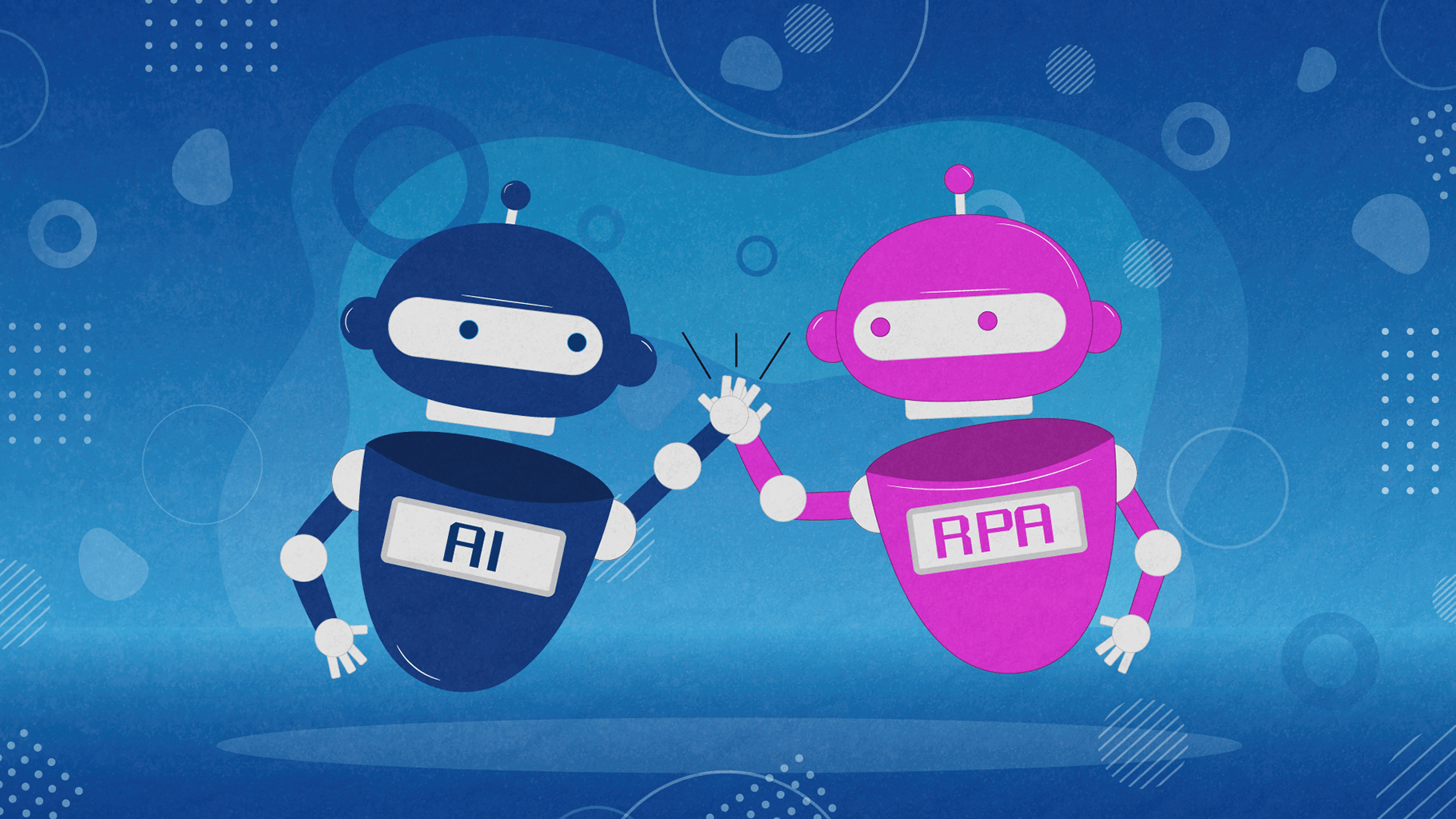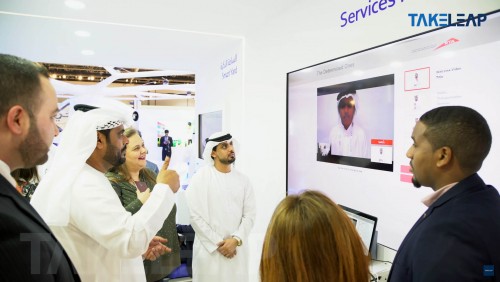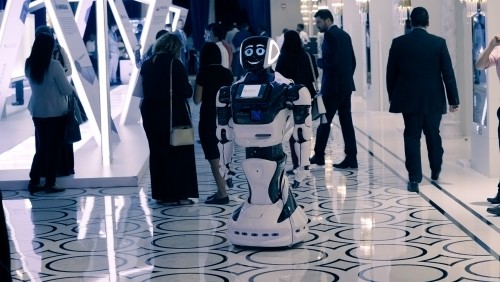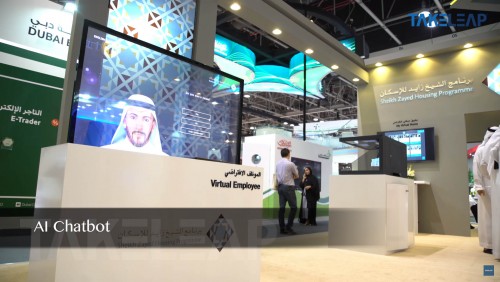Robotics Process Automation (RPA) vs Artificial Intelligence (AI): What's the Difference?

What is Robotics Process Automation (RPA)?
Robotics Process Automation (RPA) is an approach to software automation that focuses on automating rules-based tasks. RPA tools use software bots that can be programmed to interact with different systems and execute specific rules-based tasks. RPA works best when there are well-defined rules, and repetitive tasks are easily identifiable. RPA and AI are different, though they can be used together. RPA focuses on rules-based tasks such as document processing, rule-based decisions, and even simple interactions like filling out forms. AI is focused on machines that can learn and think like humans. RPA is better suited for rule-based tasks, while AI is better suited for tasks involving unstructured data and machine learning. RPA is often used to replace simple, rules-based tasks like document processing and data entry. AI is best suited for more complex tasks such as decision-making and unstructured data.
What is Artificial Intelligence (AI)?
Artificial Intelligence (AI) is the ability of machines to learn and think like humans. AI is all about training machines to do things like make decisions, interact with other systems, and learn from humans. AI is focused on data that is unstructured and requires machine learning, such as images, audio, and video. AI is used to create autonomous systems that can interact with humans and make decisions autonomously. AI is best suited for more complex tasks such as decision-making and unstructured data. RPA is better suited for rule-based tasks, while AI is better suited for tasks involving unstructured data and machine learning. RPA is often used to replace simple, rules-based tasks like document processing and data entry. AI is best suited for more complex tasks such as decision-making and unstructured data.
Differences between RPA and AI
The key difference between RPA and AI is that RPA uses rules-based tasks to execute processes, while AI uses machine learning to interpret data and learn from it. RPA and AI may even be used in tandem, with the RPA handling the rules-based tasks and the AI being used to interpret the data and draw insights. RPA is often used to replace simple, rules-based tasks like document processing and data entry. AI is best suited for more complex tasks such as decision-making and unstructured data. RPA and AI are often used together to solve complex business problems. Using RPA and AI together can result in businesses achieving greater accuracy and higher levels of productivity. There are other differences between RPA and AI, such as their strengths and limitations. RPA is best suited to repetitive tasks and can be programmed to work around specific rules. AI, on the other hand, is best suited for tasks that require insights and unstructured data.
Conclusion
The key difference between Robotics Process Automation (RPA) and Artificial Intelligence (AI) is that RPA is rules-based, while AI is machine-learning-based. RPA is best suited for repetitive tasks and can be programmed to work around specific rules. AI, on the other hand, is best suited for tasks that require insights and unstructured data. RPA and AI are two of the most important technologies of the 21st century. Both have the potential to revolutionize the way businesses operate, but they are very different. RPA is focused on automating rules-based tasks, while AI is focused on machines that can learn and think like humans. This article discusses the differences between these two technologies in order to better understand their potential.







 Call
Call
 Mail
Mail